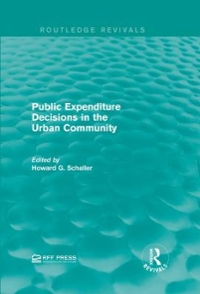Help needed with the whole Question #2
2. Consider the overlapping-generations economy with agents who live for two periods seen in class. The end0wment of the consumer is (wt(t), wt(t + 1)) = (my, we) for all t and his/ her preferences are given by ut(cy, c0) = log c.y + log co for all t. The initial old is endowed with M units of at currency. The key question here is: can money have value in this economy? The following questions will shed some light on this issue. The maximization problem of generation at agent is: ax log Cy + log Ca subject to +M =w, Cy 17:, y M Co = we + , Pt+1 M>0, where 101:1, is the price level a time t, that' 1s, the price of a unit of consumption goods at time t in terms of money The meaning of the last constraint is that agents cannot issue money. (a) Find the solution of the maximization problem above, i.e., nd (cg, co) as a function of the endowments and prices (pi and pad) under two separate cases. i. Case 1: the law of motion of prices satises: ii. Case 2: the law of motion of prices satises: Pt+1> E 'w' (b) Find the real demand for money of the young at t, p.' (c) In equilibrium markets clear. In the market for goods, every period t, the total consumption by the young and the old equals the total endowment of the young and the old. Market clearing in the money market means that the demand for money by the young equals the supply of money by the old (which is equal to the initial amount of money owned the initial old). Find the equilibrium law of motion of prices, that is, pt\" as a function of 33; and parameters/exogenous variables of the model. (d) Assume now that my > 100. Find a solution to the rst-order difference equation that you found in (c) that is consistent with positive and nite values of pt. What are the values of cg and co? (e) Continue to assume that my > me. Is there an equilibrium with hyperination in this economy? Defend your answer. Which consumer gets higher utility, the consumer of generation t or the consumer of generation 12 + 40? (f) Continue to assume that my > wo. Is there an equilibrium in this economy in which pt = 00? Defend your answer and describe the equilibrium. (g) What is the equilibrium in this economy if my 5 we








